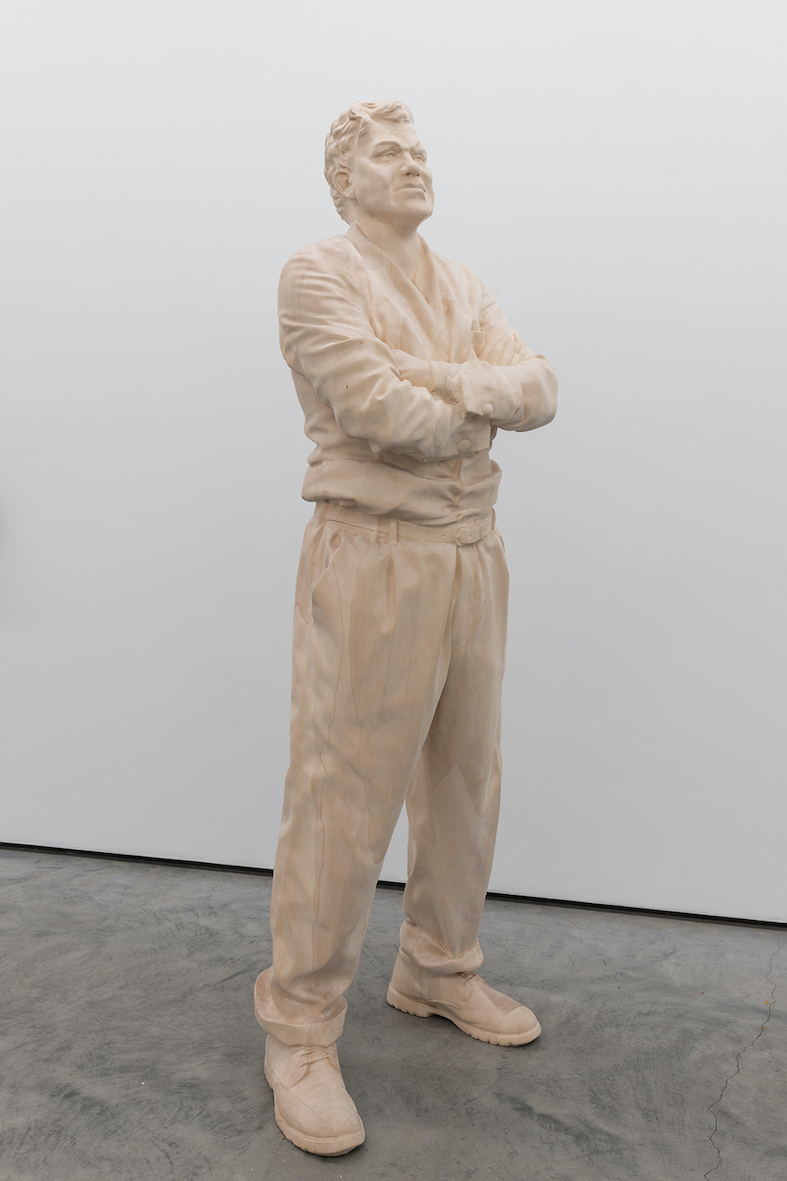























Via the title of his fourth solo exhibition at the gallery, The Valleys of Sainte-Victoire. Cosmos and Cosmetics, Fernando Sánchez Castillo takes us to the mountain that was an endless source of inspiration for one of the fathers of modern art, Paul Cézanne. The paintings of Cézanne deal with the tension between sensory perception and observation, the tension between the eye and the mind. Cézanne explored the face of the mountain in order to fathom the harmony of nature. Sánchez Castillo focuses not on the outward appearance of these iconic works but wonders, instead, what lies hidden in the valleys, the caves and the quarries of the mountain range. What historical agents play a role in generating such iconic images from the history of art? Do the valleys and caverns in those mountains bring us closer to a present-day desire for a different way of dealing with history?
Sánchez Castillo has transformed the gallery into a laboratory, a place for observation, for discovering and exploring cross connections. The exhibition is an environment in which the eye can approach a variety of images and subjects in an elliptical manner. This is a way of looking which, the artist says, was unconsciously initiated by predecessors – artists and activists – with the construction of what we call ‘history’. Each work in the exhibition enters into its own relationship with the surroundings. Tomiko is a sculpture, in white patinated bronze, which alludes to the story of ‘the girl with the white flag’ – a seven-year-old girl on the Japanese island of Okinawa who became separated from her family during World War II and had to survive on her own in the midst of the horrors of a war zone. Landmesser is a very tall sculpture in wood which, like the story of Tomiko, portrays the strength of the individual. By contrast, bronze protest masks derived from face coverings worn by people throughout the world represent the power of the masses. A neon work, which has the shape of the lightbulb seen in Picasso’s Guernica, is able to flash to the rhythm of Morse code, while abstract paintings charged with political messages evoke probing images of the street.
The most diverse narratives come together: dwelling in the dark valleys full of fertile soil are fantastic creatures. The stories that surface are questioned by Sánchez Castillo: how does history get constructed, and what is art’s role in this? How do ethics and aesthetics relate to each other? And how cosmetic is our present-day cosmos?